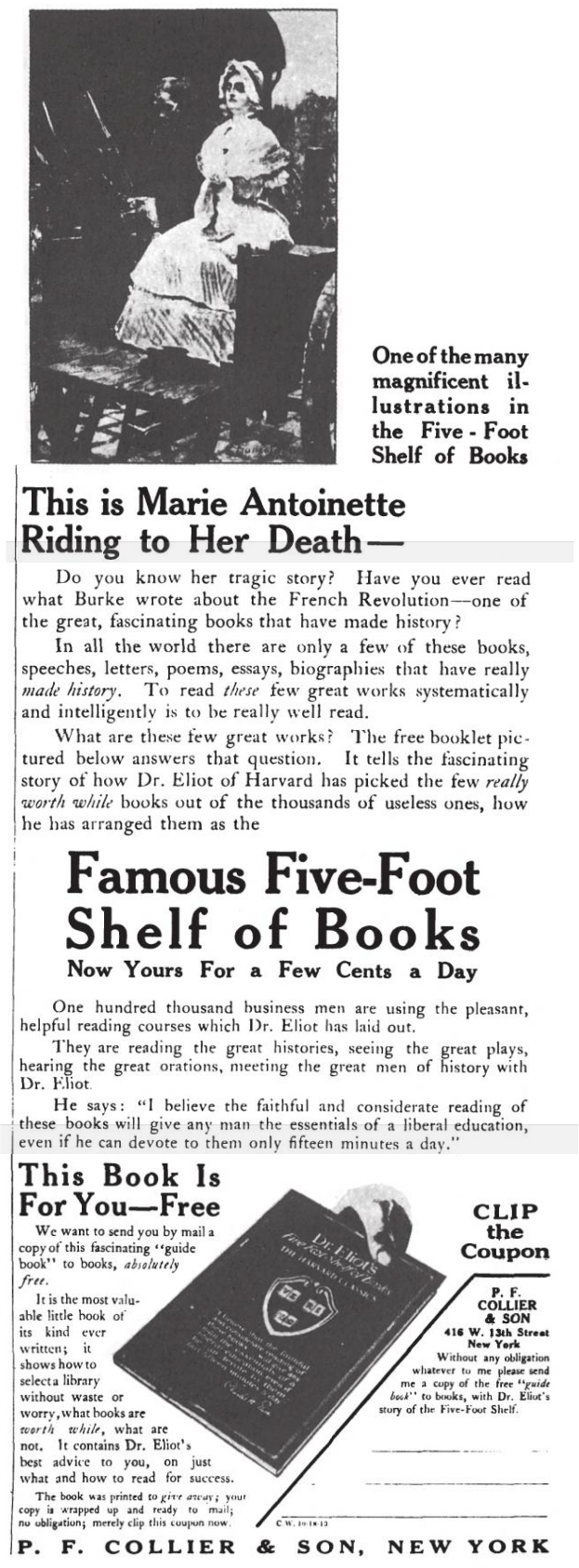[I gave myself a harsh email critique recently. It’s for an email I wrote exactly two years ago, which gets a “C” at best. If you want to see why, here’s the original email in bold, along with my comments in brackets:]
SUBJECT: The email that broke the camel’s back
[I’ve found that “play on a popular phrase” rarely works as a subject line, at least to my personal newsletter list. So I would say, force yourself to come up with 10 new subject lines, and use the best of those. But if you insist on the subject line above, then make it more specific and intriguing. Something like, “The sticky sweet email that broke this camel’s back.”]
A while back, I subscribed to the Farnam Street email newsletter.
I’d seen a headline in the New York Times about Shane Parrish, the guy who writes Farnam Street. The headline read:
“How a Former Canadian Spy Helps Wall Street Mavens Think Smarter”
Interesting.
So I subscribed, without knowing too much about what the content I would be getting.
[Only people who really love you will read past this opening. Everybody else will leave. As James Altucher says, you have to bleed in the first line. Options:
– “How a Former Canadian Spy Helps Wall Street Mavens Think Smarter.” Lead off with this and then explain what it’s all about.
– “And that’s when I unsubscribed.” Lead off with the end of the story (below) and then work your way back to explain how it all went wrong.
– Make it into a metaphor. “I only dated the Farnam Street newsletter for a few weeks. In that short time, we had several nasty fights…”]
The first email arrived with a ton of links to important, helpful articles on the Farnam Street blog. I scanned through, but I didn’t read anything.
A second email hit me a few days later, with more helpful content.
Then a third.
And a fourth.
There was nothing wrong with any of these emails. And the content was apparently good — after all, Shane Parrish got a feature written about him in the New York Times.
But none of it clicked with me. It was too earnest, too virtuous, too positive.
[Ideally, make this section more concrete. Give examples of specific emails, and make each example funny or stupid. If you can’t do that for any reason… then make this section shorter. Your copy should never be both abstract and long, which is what’s happening here.]
Finally, I got an email with the headline “Introducing your new favorite holiday tradition” (it was around Christmastime).
I opened it up. It was about a “charming Icelandic holiday tradition” to exchange books and then spend the evening reading them together with friends and family.
That’s when I unsubscribed.
Don’t get me wrong. I’ve got no beef with Farnam Street or their email newsletter. I personally didn’t find the content interesting. On the other hand, a lot of other people obviously get a lot out of the same emails that I unsubscribed from.
[This is a missed opportunity to be a bit funny. You can make fun of the Icelanders and their nerdy tradition… of Shane Parrish and his virtue signalling… or of yourself and your cold Grinch heart, two sizes too small.]
I only bring up my experience with Farnam Street emails to illustrate a point:
It wasn’t that last email that made me unsubscribe.
That was just the straw, or the email, that broke the camel’s back.
All the previous emails had already primed me to open up the “charming Icelandic holiday tradition” email and say to myself, “Oh, hell no.”
This is something to remember in case you do a lot of email marketing.
It’s very hard to assign blame (or praise) to an individual email.
Odds are, it’s the entire email sequence that’s driving readers away — or winning them over.
[This point is worthwhile. But it could be developed further. An easy way to do this would be with another, positive example. “I was on Ben Settle’s list in two separate bursts, for 3 years in total, before I subscribed to his paid newsletter. The last email I read before I subscribed had the subject, “The Myth of Security”… but you can be sure it wasn’t that email alone that made me subscribe. It was those 3 years of cumulative reading.”]
Of course, there are things (unvirtuous and unearnest things) you can do to stack things in your favor early on in the relationship, while you still have your reader’s attention and good will.
If you’d like to find out what some of those unvirtuous ways are, you might be interested in my upcoming book on email marketing for the health space. For more info or to sign up to get a free copy (once it’s out), here’s where to go:
[A couple of points to wrap this up for you and for myself both:
1. Even though this email is weak from a copywriting standpoint, that’s ok. Sometimes these daily emails come out a little undercooked, other times they are dry and flavorless. But the more you write, the more of them turn out fine.
But even if not, so what? A weak daily email still has value. It strengthens your relationship with your list… it cements the central idea in your mind… and it can form fodder for your future emails, two years down the line. So keep writing, or if you haven’t started yet, then start.
2. When you tease something at the end of your email, make sure you write down what you had in mind for the payoff. I’d like to know now what info I was teasing back then… but two years later, I have no idea any more. Time to head over to Farnam Street and see what advice Shane has about improving my failing memory.]

